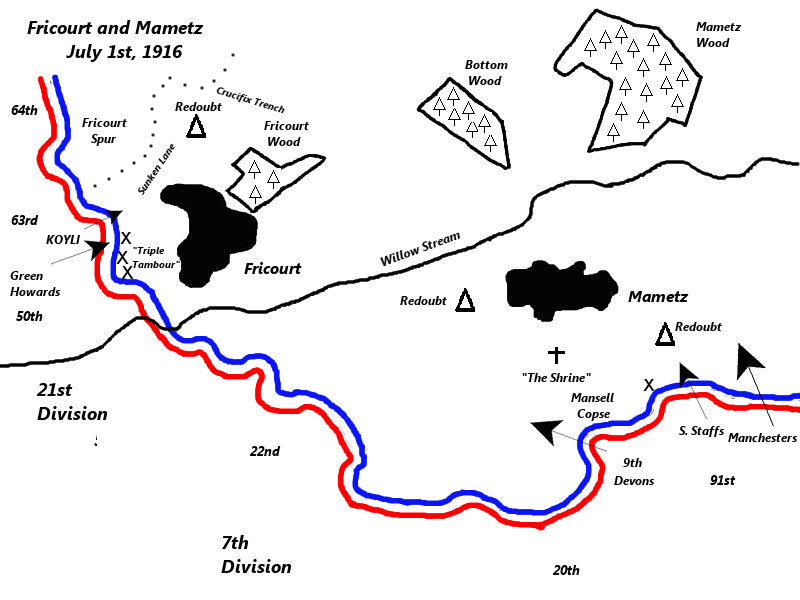
1.5M
Downloads
107
Episodes
The Great War Podcast provides a mostly chronological overview of the origins, battles and consequences of the First World War. It will cover the years between 1890 up to the 1920s. This podcast is an independent production. All episodes are researched, written and produced by Daniel Clark. Any errors are my fault alone. All discrepancies will be addressed.
Episodes

Thursday Jul 03, 2025
90: Russia Exeunt
Thursday Jul 03, 2025
Thursday Jul 03, 2025
Russia's time in the Great War comes to an end.

Thursday Jun 05, 2025
89: The October Uprising
Thursday Jun 05, 2025
Thursday Jun 05, 2025
The Bolsheviks make their move, marking the beginning of the end of Russia's Great War.

Saturday May 03, 2025
88: Operation Albion Part 2
Saturday May 03, 2025
Saturday May 03, 2025
The German invasion of the Baltic Islands goes off without a hitch.


Tuesday Mar 11, 2025
88: Operation Albion Part 1
Tuesday Mar 11, 2025
Tuesday Mar 11, 2025
Eager to bring down Russia, the Germans launch an amphibious invasion of three Baltic islands.

Sunday Feb 02, 2025
87: The Battle of Cambrai
Sunday Feb 02, 2025
Sunday Feb 02, 2025
Things went well at first, but then everything came crashing down.

Monday Dec 30, 2024
86: 'Tuesday Flanders'
Monday Dec 30, 2024
Monday Dec 30, 2024
After the Flanders Campaign, the British Third Army prepares to raid Cambrai. They're going to use tanks...lots of tanks.

Saturday Dec 07, 2024
85: Catastrophe at Caporetto
Saturday Dec 07, 2024
Saturday Dec 07, 2024
A combined Austrian and German force sends the Italians reeling.

Sunday Nov 03, 2024
84: The Road to Caporetto
Sunday Nov 03, 2024
Sunday Nov 03, 2024
The Austrians and Germans plan a devastating strike against the Italians.

Saturday Oct 12, 2024
83: The Battle for Flanders: Part 5 of 4
Saturday Oct 12, 2024
Saturday Oct 12, 2024
Haig, Lloyd George, historiography and an assessment of Third Ypres.

Sunday Sep 01, 2024
83: The Battle for Flanders Part 4 of 4
Sunday Sep 01, 2024
Sunday Sep 01, 2024
The bloody fight for Passchendaele Ridge begins.

Thursday Aug 01, 2024
83: The Battle for Flanders: Part 3 of 4
Thursday Aug 01, 2024
Thursday Aug 01, 2024
Herbert Plumer takes over at Ypres, and delivers three straight victories.
Map for reference: Right click to view in larger format.


Wednesday Jul 03, 2024
83: The Battle for Flanders Part 2 of 4
Wednesday Jul 03, 2024
Wednesday Jul 03, 2024
The Battle of Third Ypres got underway...but then it rained.

Tuesday Jun 04, 2024
83: The Battle for Flanders Part 1 of 4
Tuesday Jun 04, 2024
Tuesday Jun 04, 2024
After a year of waiting, Haig finally gets his Flanders campaign.

Wednesday May 01, 2024
82: The Kornilov Affair
Wednesday May 01, 2024
Wednesday May 01, 2024
Kerensky's government survives a 'scare', leaving it ripe for the picking.
Kornilov arrives at the Moscow Conference, 1917
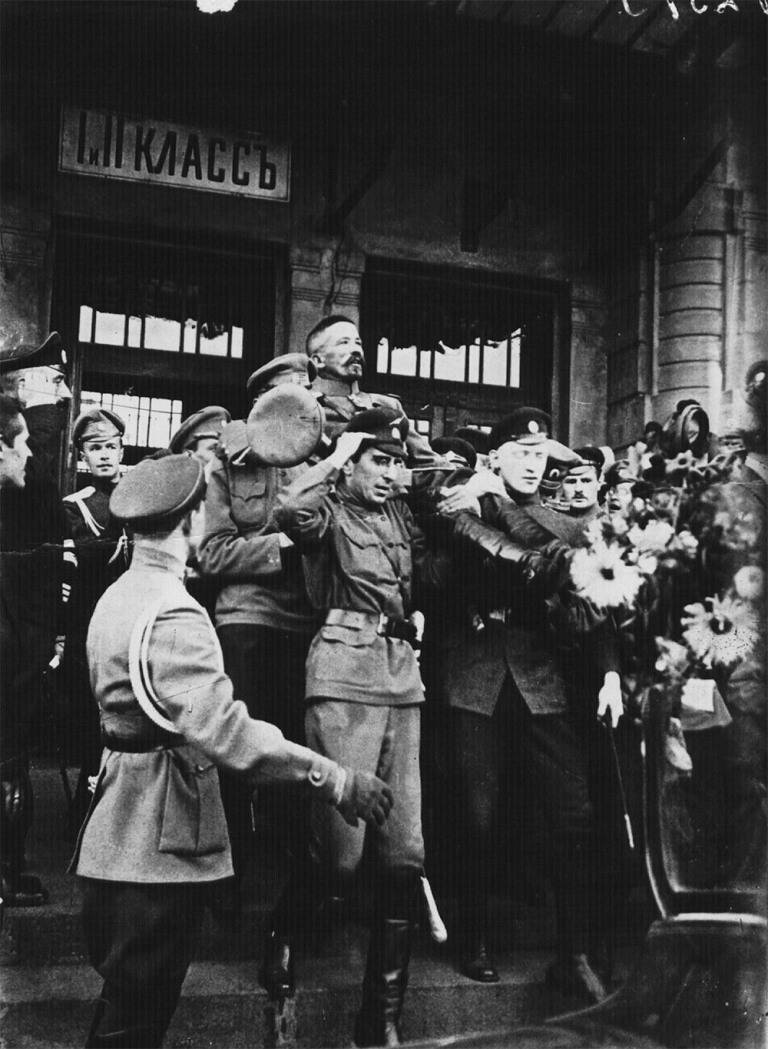

Monday Apr 01, 2024
81: Maria Bochkareva and the Women's Battalion of Death
Monday Apr 01, 2024
Monday Apr 01, 2024
The life of Maria Bochkareva and the 1st Women's Battalion of Death.

Wednesday Aug 31, 2022
80: The Kerensky Offensive
Wednesday Aug 31, 2022
Wednesday Aug 31, 2022
A post-Tsarist Russia wanted to make its mark...it ended poorly.

Tuesday Jul 26, 2022
79: The Battle of Messines Ridge
Tuesday Jul 26, 2022
Tuesday Jul 26, 2022
The first stage of Haig's long awaited Flanders Offensive began on June 7th, 1917.

Friday May 06, 2022
78: Lafayette, We Are Here
Friday May 06, 2022
Friday May 06, 2022
John J Pershing leads the first American troops to France in June 1917.

Thursday Mar 10, 2022
77: Only in Catastrophes
Thursday Mar 10, 2022
Thursday Mar 10, 2022
The French army grapples with widespread unrest after the Nivelle Offensive

Friday Jan 28, 2022
76: Bloody April
Friday Jan 28, 2022
Friday Jan 28, 2022
April was a deadly month for the Royal Flying Corps.
Dicta Boelcke
1. Try to secure advantages before attacking. If possible, keep the sun behind you.
2. Always carry through an attack when you have started it.
3. Fire only at close range, and only when your opponent is properly in your sights.
4. Always keep your eye on your opponent, and never let yourself be deceived by ruses.
5. In any form of attack it is essential to assail your enemy from behind.
6. If your opponent dives on you, do not try to evade his onslaught, but fly to meet it.
7. When over the enemy's lines never forget your own line of retreat.
8. For the Staffel (squadron): Attack on principle in groups of four or six. When the fight breaks up into a series of single combats, take care that several do not go for the same opponent

Friday Sep 04, 2020
75: The Nivelle Offensive
Friday Sep 04, 2020
Friday Sep 04, 2020
Robert Nivelle's magic solution to the deadlock leaves the French army on the brink of mutiny.
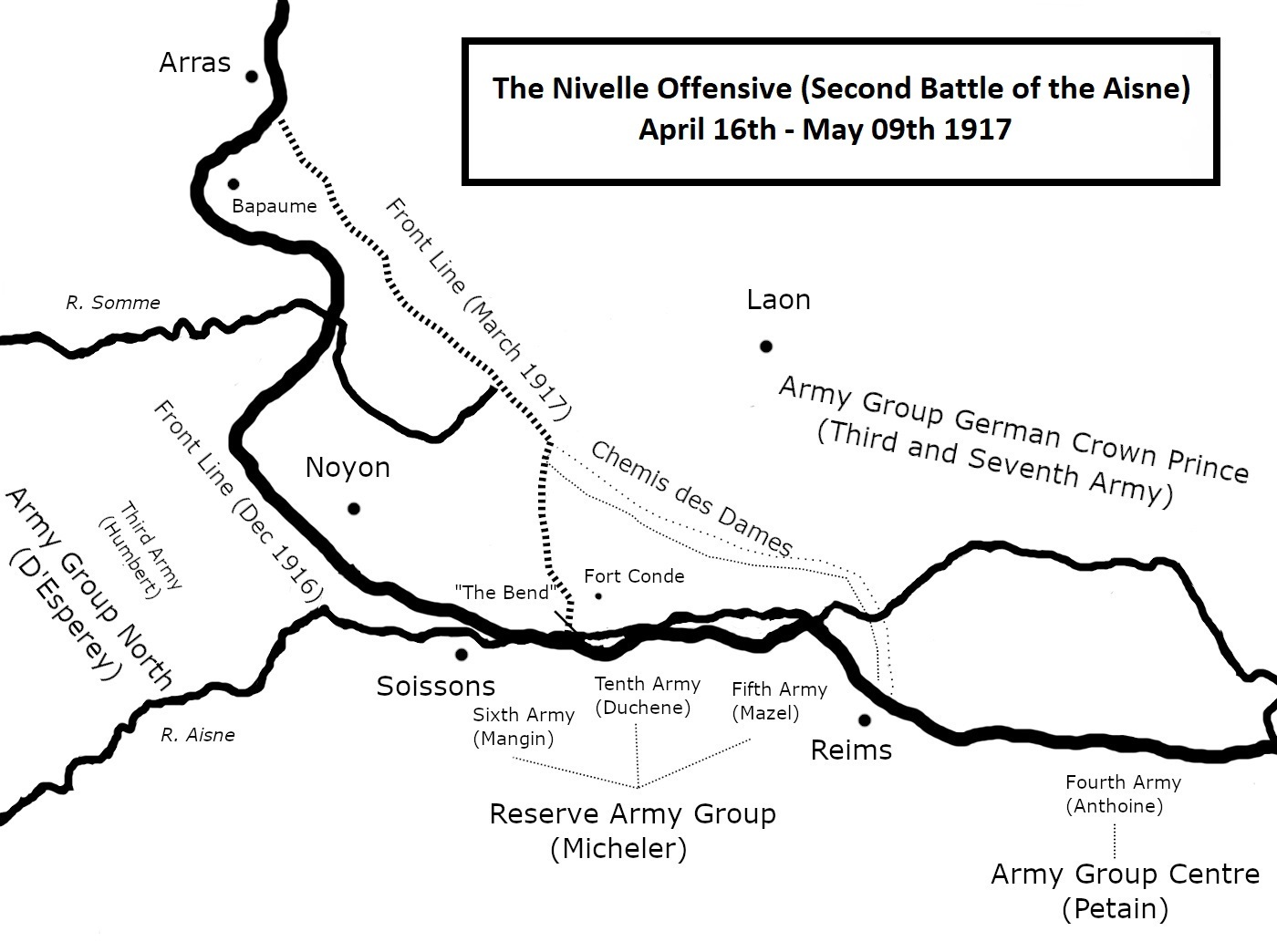

Thursday Jul 30, 2020
74: The Battle of Arras
Thursday Jul 30, 2020
Thursday Jul 30, 2020
The British launch a successful set piece on the eve of the Nivelle Offensive.
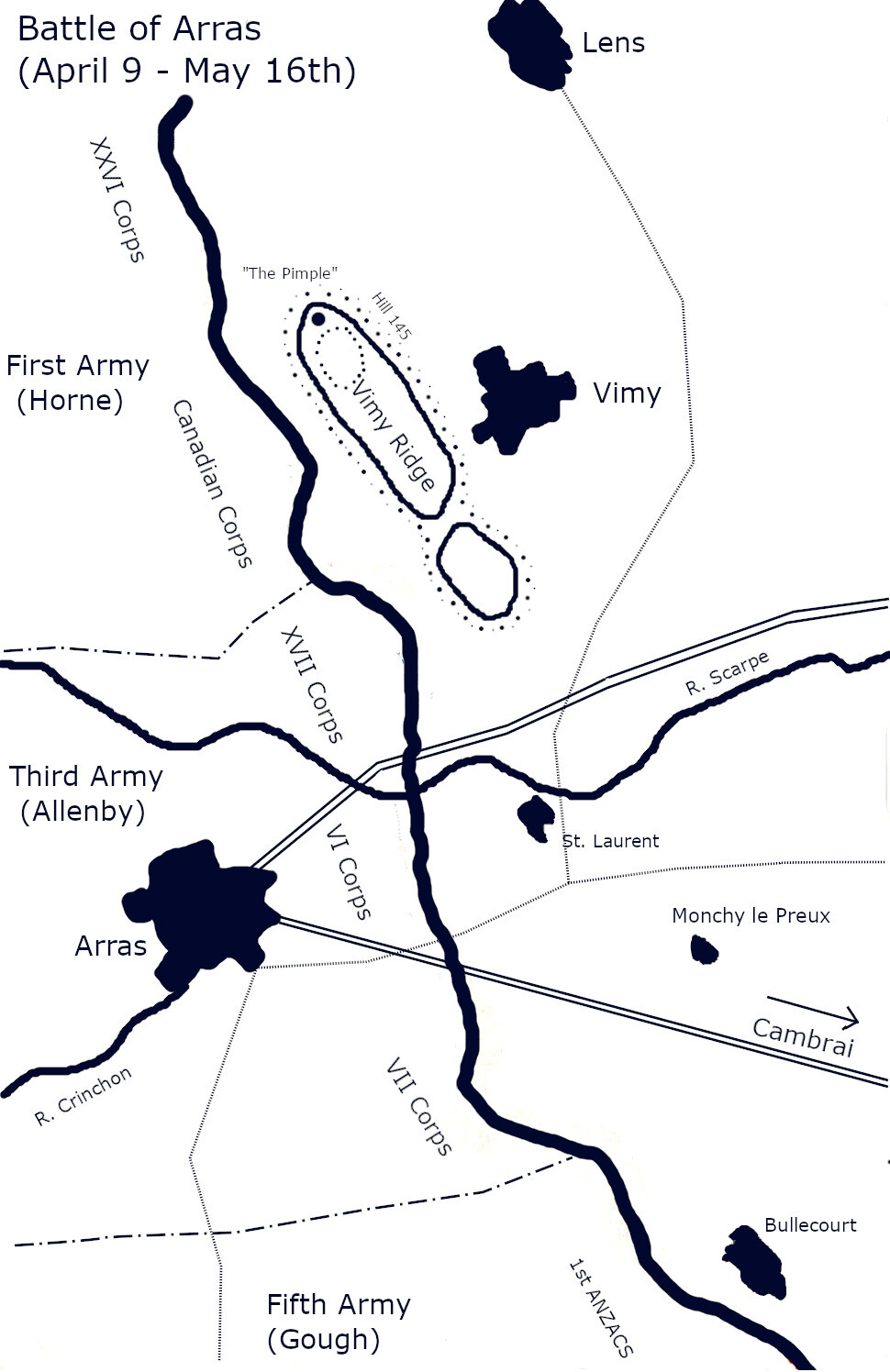

Wednesday Jul 08, 2020
73: The Abdication of Tsar Nicholas
Wednesday Jul 08, 2020
Wednesday Jul 08, 2020
When your people protest, it's best not to ignore them.

Sunday May 24, 2020
72: The Overt Acts
Sunday May 24, 2020
Sunday May 24, 2020
It took the United States 65 days to go from committed neutral to full blown participant.

Sunday Apr 26, 2020
71: The Arsenal and the Bank
Sunday Apr 26, 2020
Sunday Apr 26, 2020
By the end of 1916, neutrality had left the United States in a precarious spot.
Life Magazine, February 1916.
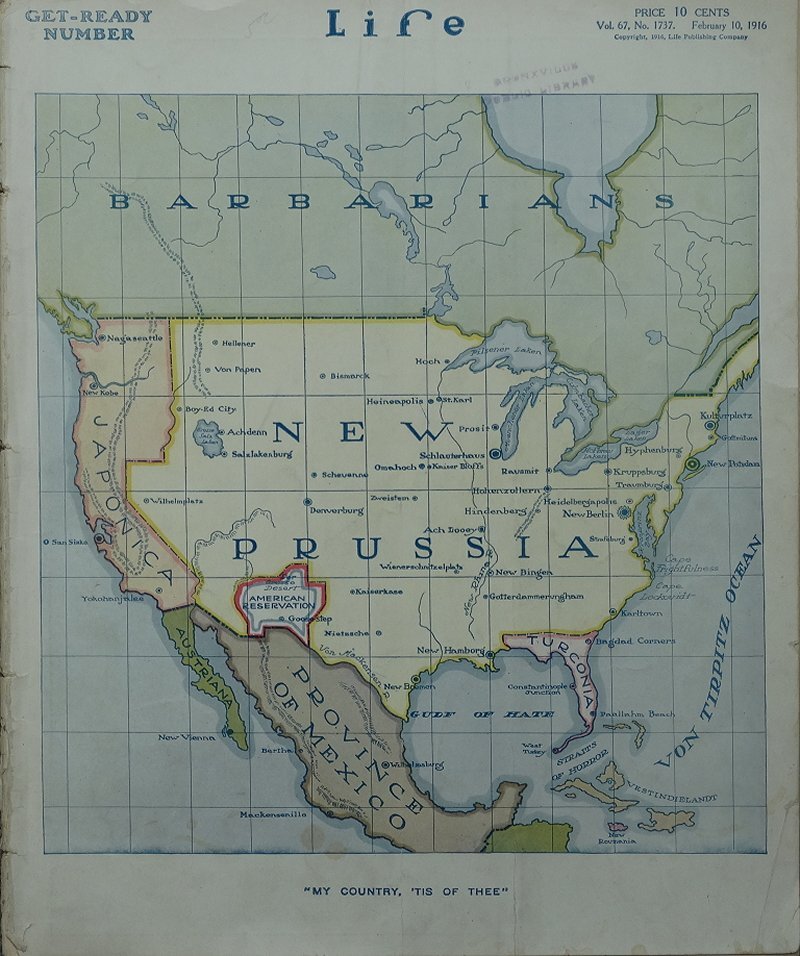

Sunday Mar 29, 2020
70: America
Sunday Mar 29, 2020
Sunday Mar 29, 2020
Germany's decision to unleash the torpedoes would have adverse consequences

Friday Jan 04, 2019
69: Neptune's Empire
Friday Jan 04, 2019
Friday Jan 04, 2019
For the second time in the war, Germany turns to unrestricted submarine warfare.

Wednesday Nov 14, 2018
68B: Fateful Decisions - The Allies - From the Aisne to Vladivostok
Wednesday Nov 14, 2018
Wednesday Nov 14, 2018
A look at the Entente during the winter of 1916-1917.

Tuesday Nov 13, 2018
68A: Fateful Decisions - The Central Powers - From Alberich to Zimmermann
Tuesday Nov 13, 2018
Tuesday Nov 13, 2018
A look at the Central Powers during the winter of 1916-1917.
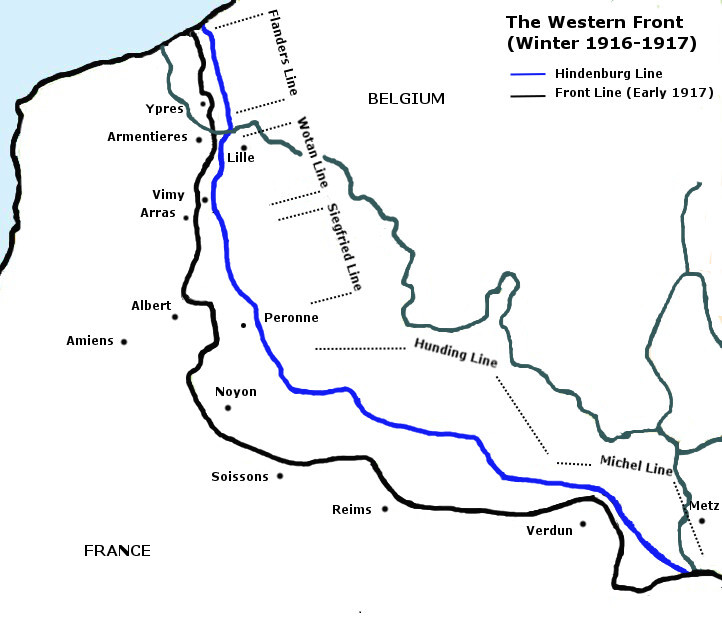

Friday Sep 21, 2018
SE: The Life and Death of Mata Hari
Friday Sep 21, 2018
Friday Sep 21, 2018
The life and career of everyones favourite exotic dancer turned convicted spy.

Friday Jun 29, 2018
TGWAC - Part 3 of 3: Aces High
Friday Jun 29, 2018
Friday Jun 29, 2018
The Great War Aircast - A miniseries on the air war from 1914-1916. Part 3 of 3.

Friday Jun 29, 2018
TGWAC - Part 2: Violent Adolesence.
Friday Jun 29, 2018
Friday Jun 29, 2018
The Great War Aircast - A miniseries on the air war from 1914-1916. Part 2 of 3.

Friday Jun 29, 2018
TGWAC - Part 1: The Infancy of Airpower
Friday Jun 29, 2018
Friday Jun 29, 2018
The Great War Aircast - A miniseries on the air war from 1914-1916. Part 1 of 3.

Wednesday May 16, 2018
66: New Dawns
Wednesday May 16, 2018
Wednesday May 16, 2018
With 1916 coming to a close, the belligerents looked ahead to 1917.

Monday Apr 30, 2018

Friday Apr 06, 2018
64: Golgotha Hill
Friday Apr 06, 2018
Friday Apr 06, 2018
Beginning on October 24th, a French counter attack liberates the forts Douaumont and Vaux, signalling the end of the battle of Verdun.

Tuesday Mar 27, 2018
63: Leviathans
Tuesday Mar 27, 2018
Tuesday Mar 27, 2018
With winter approaching on the Somme, Haig hoped to deliver a substantial blow to Germany's forces.
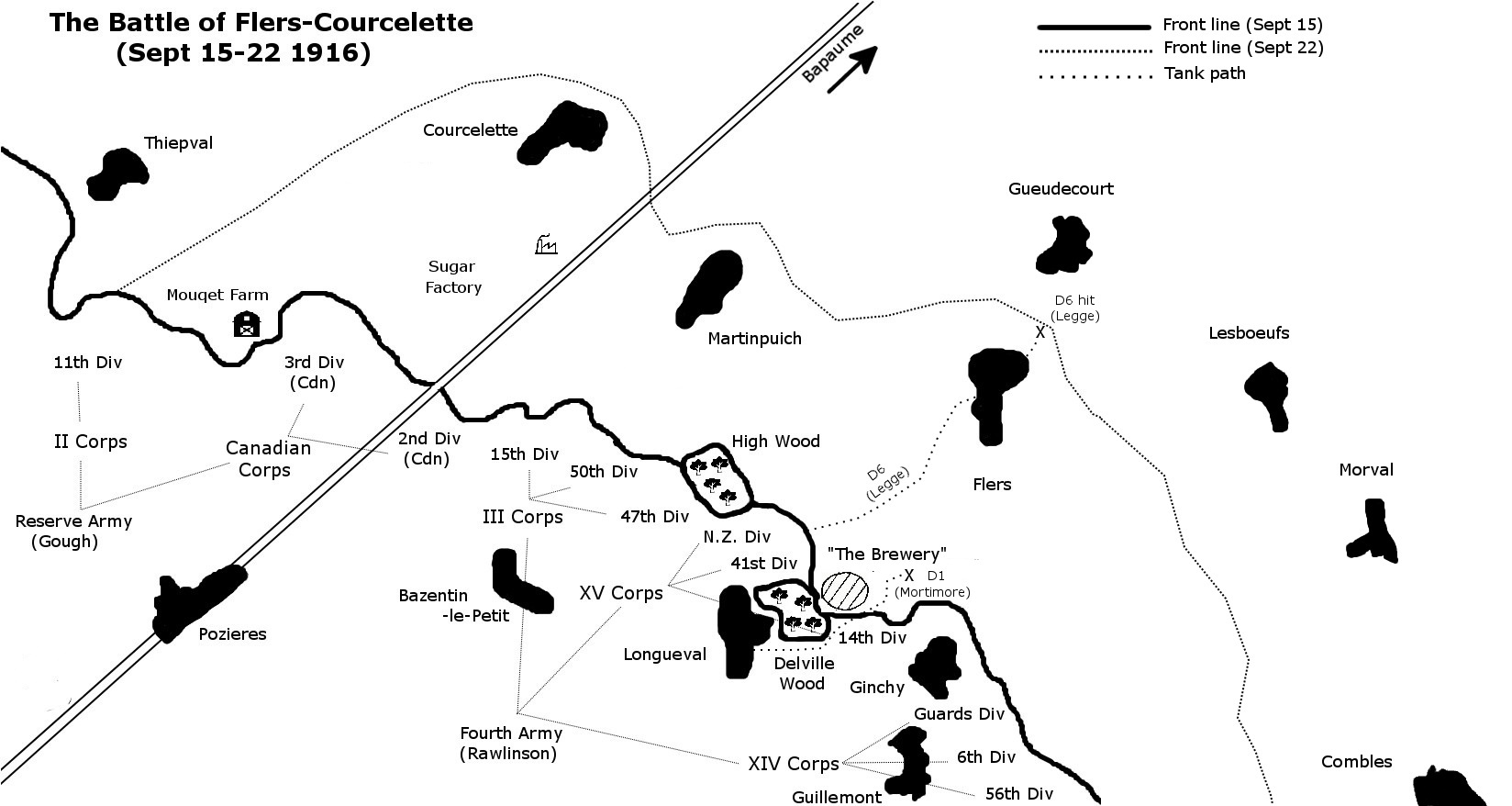

Monday Mar 05, 2018
62: Cracks in the Edifice
Monday Mar 05, 2018
Monday Mar 05, 2018
Hindenburg and Ludendorff face a home front wracked by food shortages and social unrest.

Tuesday Jan 30, 2018
61: The Hydra
Tuesday Jan 30, 2018
Tuesday Jan 30, 2018
The Romanian campaign lasted for 101 days. In this episode, we cover those 101 days in 41 minutes.
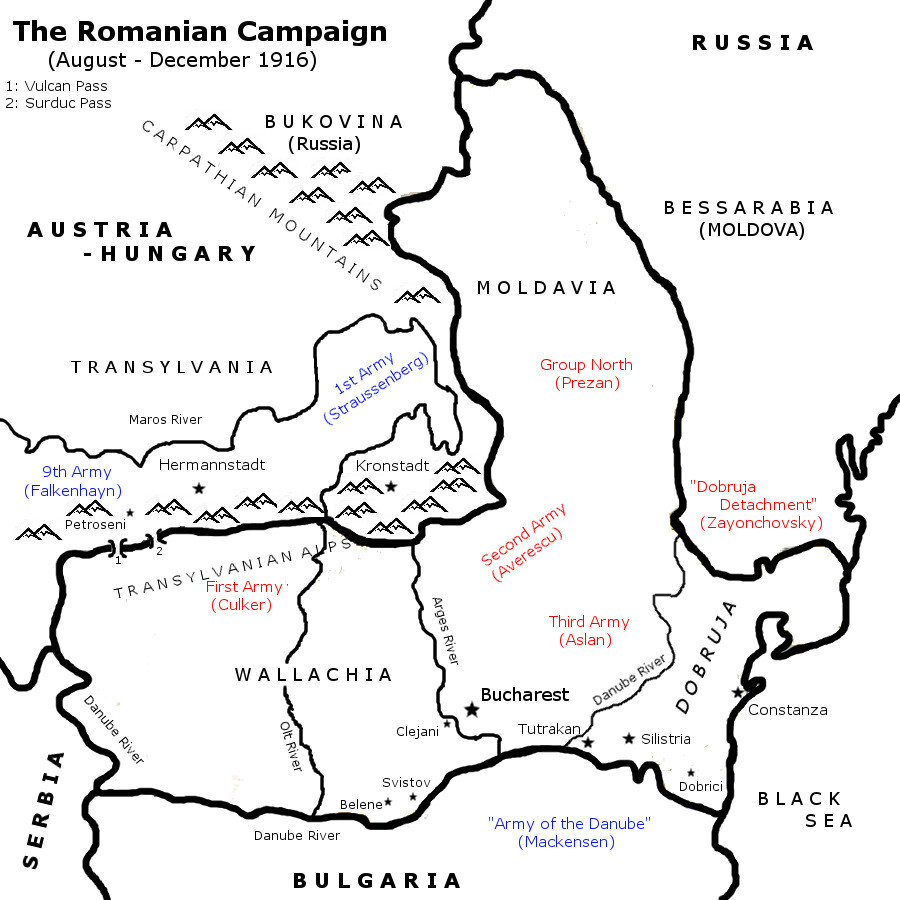

Tuesday Jan 09, 2018
60:Falkenhayn's Folly
Tuesday Jan 09, 2018
Tuesday Jan 09, 2018
In the wake of Romania's declaration, Erich von Falkenhayn is dismissed.

Tuesday Dec 19, 2017
59: Romania
Tuesday Dec 19, 2017
Tuesday Dec 19, 2017
Sensing a shift in the fortunes of war, Romania declares war on Austria-Hungary.

Friday Dec 01, 2017
58: Crisis in the East
Friday Dec 01, 2017
Friday Dec 01, 2017
With the General Allied Offensive in full swing, the Central Powers face a manpower crisis on the Eastern Front.

Friday Nov 10, 2017
57: Pozieres
Friday Nov 10, 2017
Friday Nov 10, 2017
35 days after July 1st, I ANZAC Corps finally secures Pozieres Ridge.
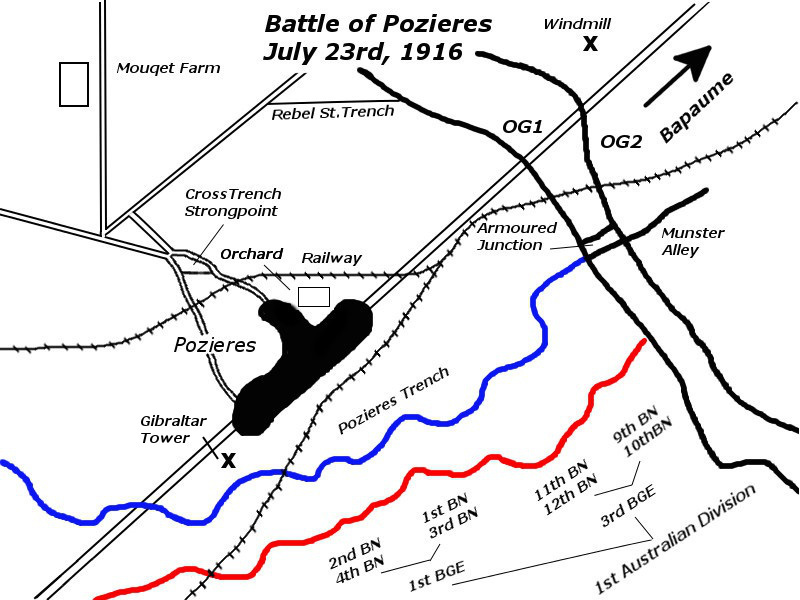

Saturday Oct 28, 2017
56: The Devil at Fromelles
Saturday Oct 28, 2017
Saturday Oct 28, 2017
Australian and South African forces arrive on the Western Front, and we explore a new interpretation of Fromelles and Delville Wood.

Tuesday Oct 03, 2017
55: The Battle of Bazentin Ridge
Tuesday Oct 03, 2017
Tuesday Oct 03, 2017
Just two weeks removed from July 1st, the BEF scores a stunning victory.
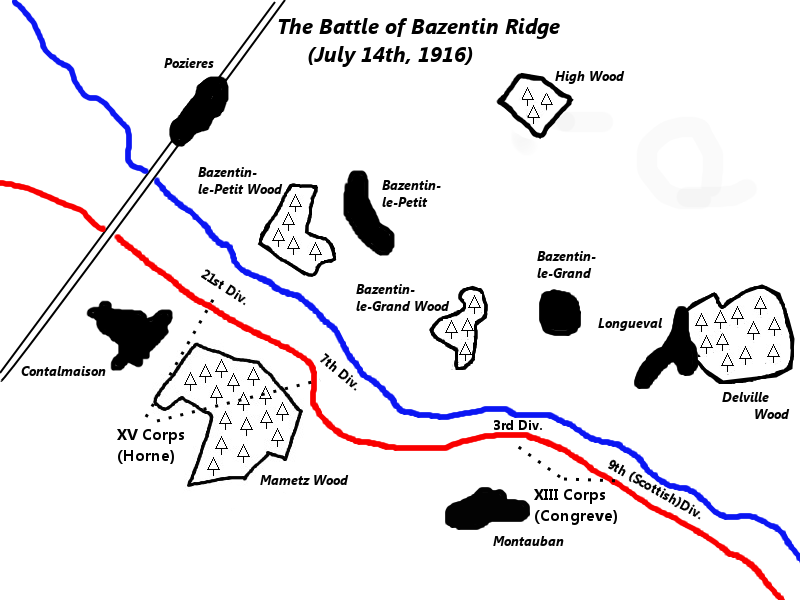

Monday Aug 21, 2017
54: Dragon's Wood
Monday Aug 21, 2017
Monday Aug 21, 2017
The 38th Welsh Division faces a gruesome baptism of fire.
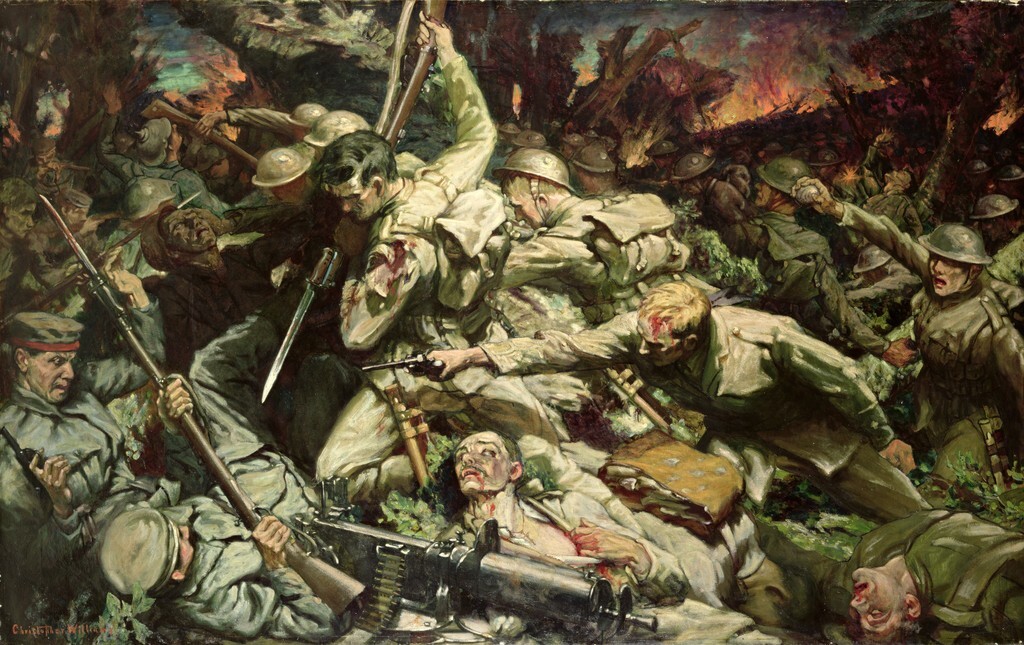

Sunday Jun 11, 2017
53: The Long, Long Trail
Sunday Jun 11, 2017
Sunday Jun 11, 2017
After July 1st, Fourth Army's efforts devolve into uncoordinated, piece meal attacks.

Sunday May 14, 2017
52: Into the Breach Part 6- The Somme Controversy
Sunday May 14, 2017
Sunday May 14, 2017
The Great War's most infamous day is also its most misunderstood.
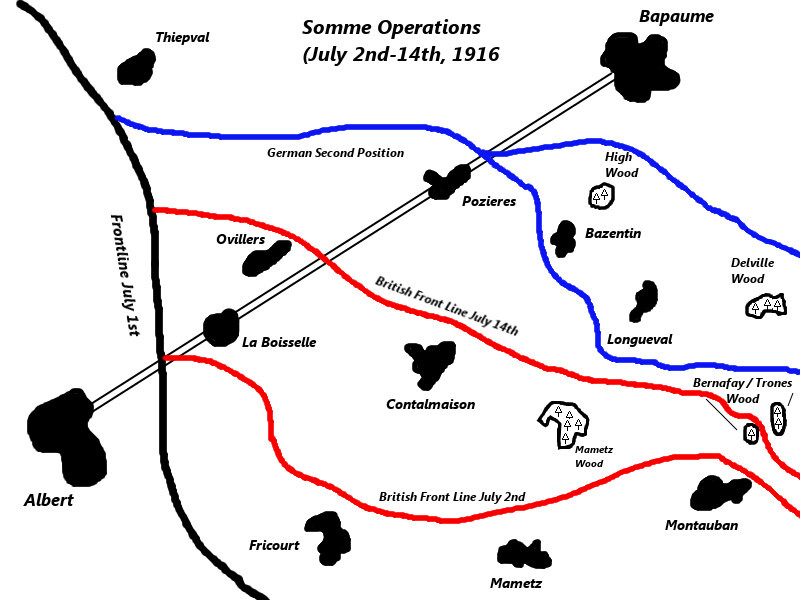

Tuesday Apr 25, 2017
52: Into the Breach Part 5- Southern Success
Tuesday Apr 25, 2017
Tuesday Apr 25, 2017
At the tail end of Fourth Army's front, Congreve's XIII Corps and Fayolle's Sixth Army achieve remarkable success.
Livens Flame Projector: CLIP
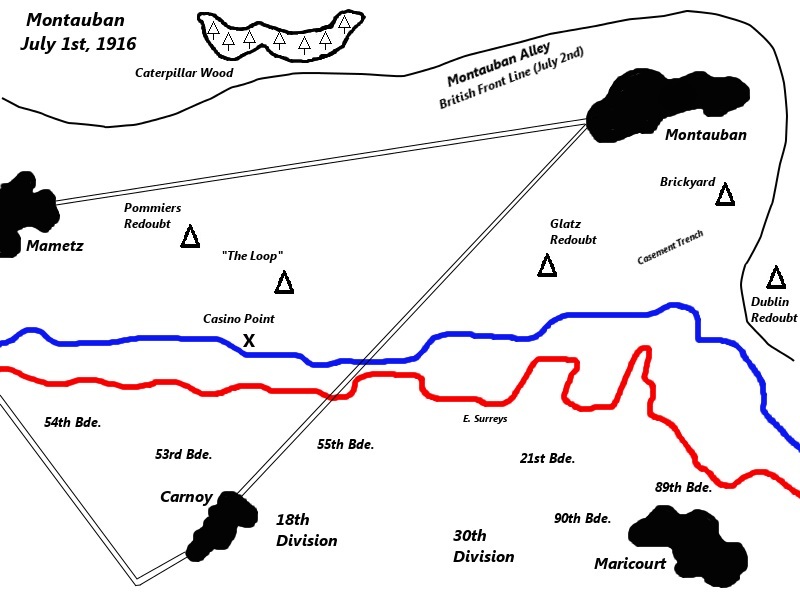
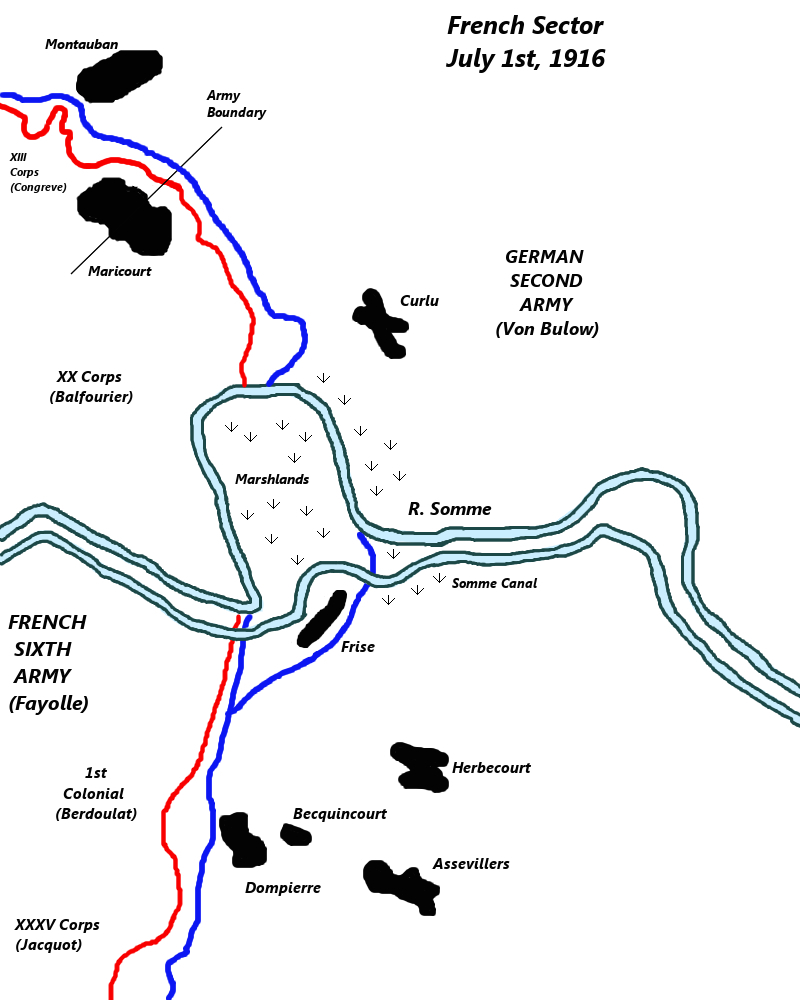

Tuesday Apr 04, 2017
52: Into the Breach Part 4- Poet's Corner
Tuesday Apr 04, 2017
Tuesday Apr 04, 2017
For Henry Horne's XV Corps, July 1st 1916 was a day of mixed success.
